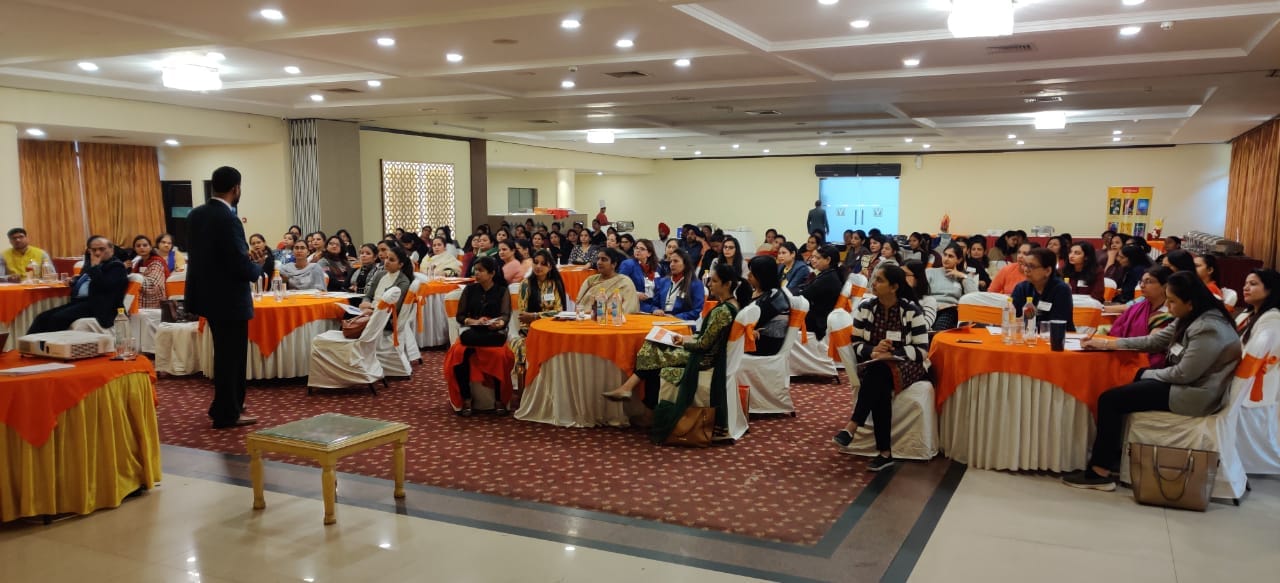
Two Shops: A Story about Educating Centennials (Part Three)
A ‘sage on the stage’ was something our teachers could be when we were growing up, because they didn’t have to compete with technology like we do these days. Our attention spans were enough to allow us to watch a three-hour movie on a Saturday night with a news break in between, because there wasn’t much else to distract us back then. Children these days are so busy grappling with multiple channels, devices, media platforms and screens that focusing on one thing for more than ten minutes has become a much greater challenge for them than we can imagine.
Take even ourselves for example. When I look at my ability to focus on writing this post without looking at my smart phone, it seems to be a daunting task, and I am only a digital immigrant – someone who had nearly reached adulthood before technology grabbed us by our tailbones. Compare this with a generation of ‘digital natives’, born in a world where technology is inseparable from reality and their attention spans are governed by a plethora of media devices, channels and applications are constantly vying for their attention, pushing notifications and becoming a part of their identity, so much so that they seldom return to the same channel on TV.
If we take the techniques of teaching our teachers followed, we’re bound to be stonewalled by blank expressions and vacuous nods. We need to be amidst the students or at least step to the side and let the learners take control of their own learning. There are a few steps that could help teachers achieve this:
- Individuality: Students these days need to feel important, feel that their teacher is investing in their individuality by understanding their needs and preferences as individuals. If they don’t, then they are not likely to invest their attention in the classroom. I often show teachers the viral video of a Mr. Whitesharing individualized handshakes with each student, and then ask them to come up with other creative ways to accomplish this. I often receive a mixture of blank expressions and incredible ideas like placing a chart in the classroom where students would place their thumbprints in their favourite colours.
- Frequent Feedback & Regular Direction: If we remember our school days, I would also remember what my teacher told me about my performance for a long time.In fact, I would often roll it over and regurgitate it in my head when I was done staring at the fields out the window and done with my various imaginings. Fast forward to today and teachers often wonder why students don’t remember what they told them last week, but this is only because last week was indeed a long time ago for someone with an attention-span of 5 minutes. Therefore, feedback must be reinforced at regular intervals.
- New Experiences: In school, I could almost tell the exact sequence of proceedings in certain teachers’ classes. They’d come in, take their handbags off their shoulders, open a book, ask us to turn to a page, turn around and scribble something on the board, ask people to read one by one, ask a few questions… well, Orkut disappeared for a reason, and giants like Facebook and WhatsApp keep entire departments to constantly introduce new features to keep this new generation engaged. So when was the last time you did something new and exciting in your classes? If we are already creating unique experiences for our students, we are in a good place, and if we’re not, we need to start doing this ASAP, or will soon remain as relevant in today’s world as Orkut.
(to be cont’d…)




No Comments